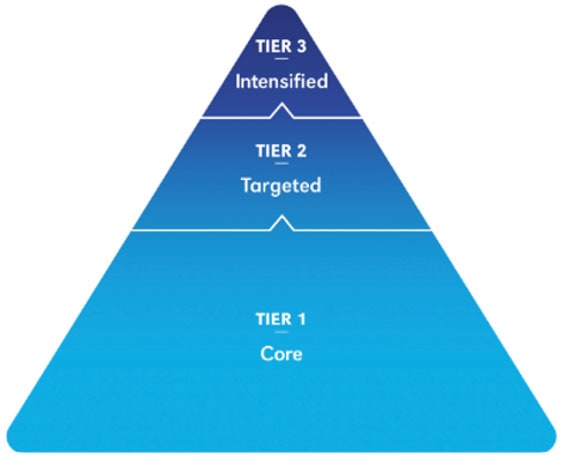Evaluating My Child for Services
Evaluating My Child for Services
If your child goes to a public school, in order to qualify for Special Education services, they need to be identified as meeting one of 13 disability categories defined by the U.S. Department of Education under the IDEA (Individuals with Disabilities Education Act). The disability must negatively impact their school performance, and it should be decided that special instruction would help them. Here is a brief description of the different disability categories.
If you have concerns about your child, you may ask the school to evaluate your child for special education services. School personnel also may notice concerns regarding your child's educational progress and ask you to consent to having your child assessed for special education services. As a parent, you have the right to request an evaluation of your child for services if you believe that it is not in the best interest of your child. The school is required to respond to your request for an evaluation of your child, as well as conduct the evaluation of your child promptly.
The first assessment for special education services is often detailed and referred to as the Initial Evaluation. The Initial Evaluation is led by a Multidisciplinary team (MDT) at the public school, and as a parent, you are an important member of the team.
There are many ways to document that your child’s educational performance is adversely affected. Your child might be asked to complete an assessment or be observed in the classroom. Schools also use an approach called Response to Intervention (RTI) or Multi-Tiered System of Supports (MTSS) to try to first support all students through general classroom support, and then offer small-group support and individualized support, as necessary.
Schools often visualize student services. There are many interventions or services that are provided to all children, like entire classroom behavioral management supports, that is the bottom of the triangle. More specialized services to smaller groups of students, like reteaching or counseling sevices comprise the middle of the triangle. Intensive and individualized services to a few students are at the top of the triangle. This includes services provided through special education.

This tiered approach allows students to receive support earlier and provides the information used to document the need for specialized instruction to improve your child’s educational performance. We have more information about RTI and MTSS in our resources section.
Your input is essential as you work with the MDT team to evaluate if special education services are appropriate for your child. Information from sources outside of the school, such as medical records or assessments, can assist the MDT in conducting the comprehensive evaluation required in verifying your child for special education.
It is important to ask questions of your child’s school to learn why the school wants to conduct an evaluation and how it could be beneficial to your child. In some circumstances the school may ask a parent to consent to an evaluation of their child and the parent is not in support. As a parent, you have the right to refuse to have your child evaluated for services if you believe that it is not in the best interest of your child.
To qualify for special education services, your child must demonstrate a disability according to federal guidelines. We will review these special education disability categories in the next lesson.
Helpful Handouts
Additional Resources
Coming Up Next
IN ISSUE 3 Labeling Concerns and Special Education Disability Categories